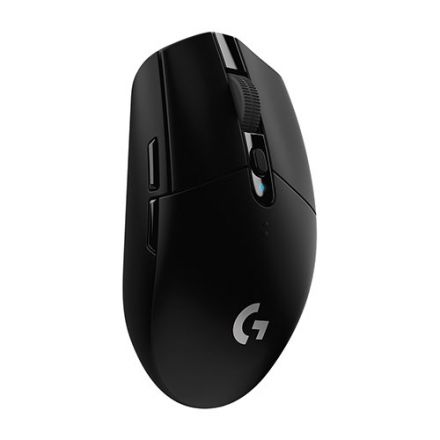This website uses cookies to ensure you get the best experience on our website. Read more


Every game requires a certain configuration to enable the users to communicate with the hardware. This configuration is referred to as the user interface. The user interface or UI work by bridging the hardware and the user facilitating commands can be easily relayed to attain progress within the game. However, designing the UI has always been a challenge. It requires skilled developers with the right set of practices to present you with a breathtaking game UI.
The Practices
While gaming, players want their complete focus on the gameplay. They detest their time being wasted by bloated menus, recurring permissions, and a maze of other undesired options on the UI.
- Creation of frictionless interface and making the most abstract display
Such an event can be easily forestalled by creating a frictionless interface. The UI should be abstracted to display only the most important information; nothing more or less. Achieving such a UI isn’t altogether that difficult.
- Display Only The Most Crucial Information
When you’re designing the user interface, you might be tempted to put all the options within the same screen. It might seem to you as though you are helping the user. However, do not do so. Design the UI to display only the most important of information.
You can do this in two ways:
- You can meticulously add information until you think that the screen is full.
- Or you can put all information on the screen and keep removing unnecessary options until you perceive the UI to be empty enough.
- Ensure Consistency
During the UI development process, it is important that you perform all developments in an orderly fashion. The conventions such as designs, shapes, colors, placements, sizes should be uniform at all locations. The same rules should be followed while designing icons as well. A user can interact with the UI more intuitively. Moreover, the similarity in design ensures that you can reuse your code and save a bountiful amount of time.
- Implement A Responsive Design
Your interface must be as responsive as possible. A responsive design ensures that every element residing within your interface, be it the animations, menus, icons, etc., pop up as quickly as possible. There are two major advantages of having a UI with responsive design:
- A responsive design ensures that the player doesn't have to wait for vast intervals to time for the game to start.
- Also, such a design prevents the game from consuming a huge chunk of the system’s performance providing a smooth experience for the player during the actual gameplay.
- Simplify, Simplify, and Simplify It More
This might seem to be an obvious step. However, it isn’t an easy one. Developing the user interface to be simple is harder than one might imagine. Therefore, you should greatly focus on checking your interface and keep editing it until you intuitively feel that it looks cleaner and sharper. As much as you can, categorize the menus and group additional menus underneath such, so that the user can navigate through them easily.















